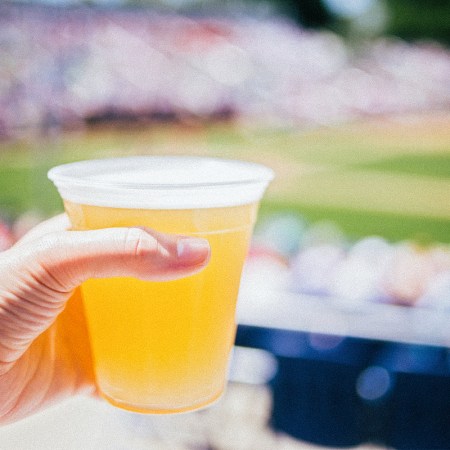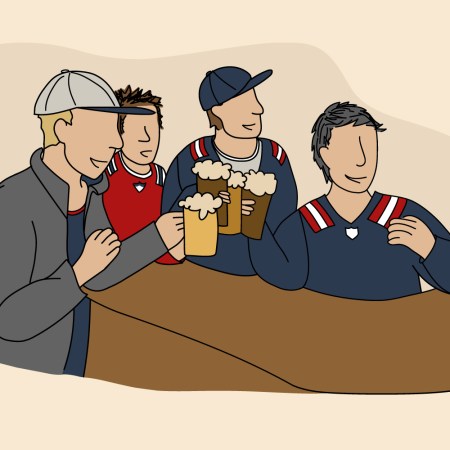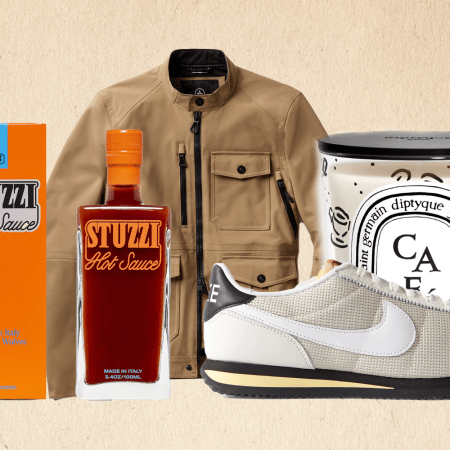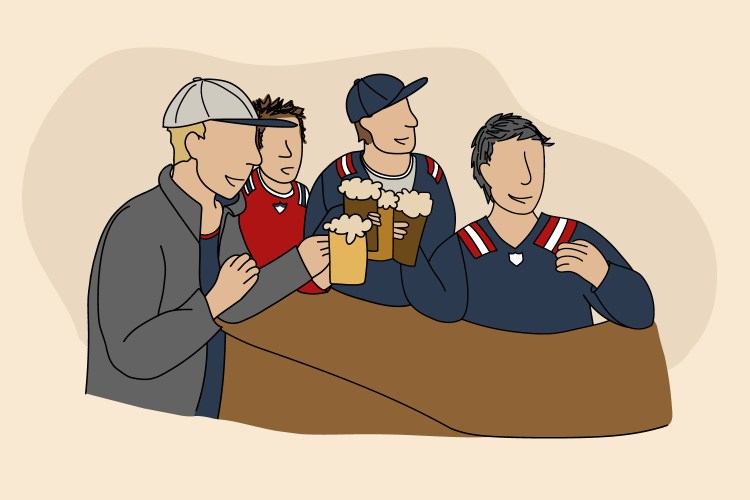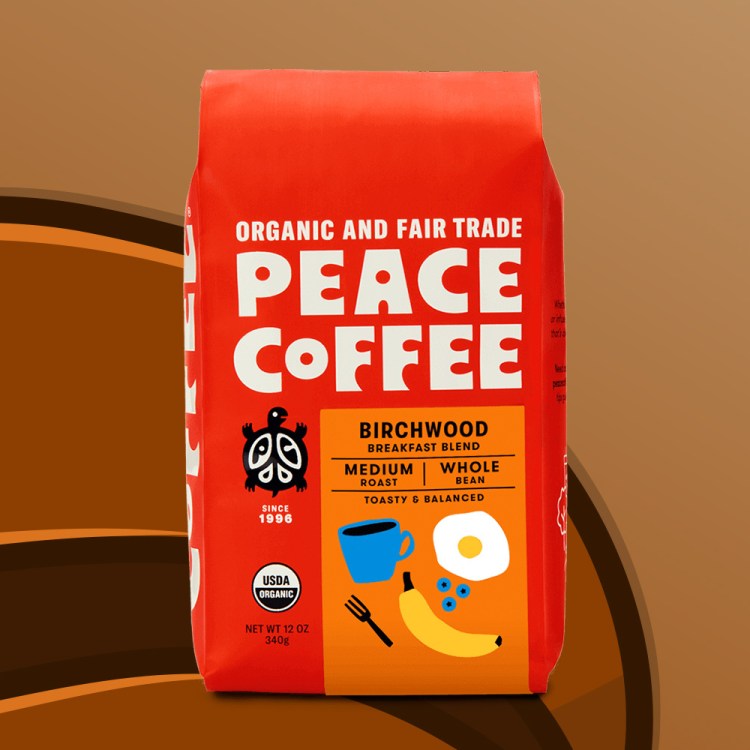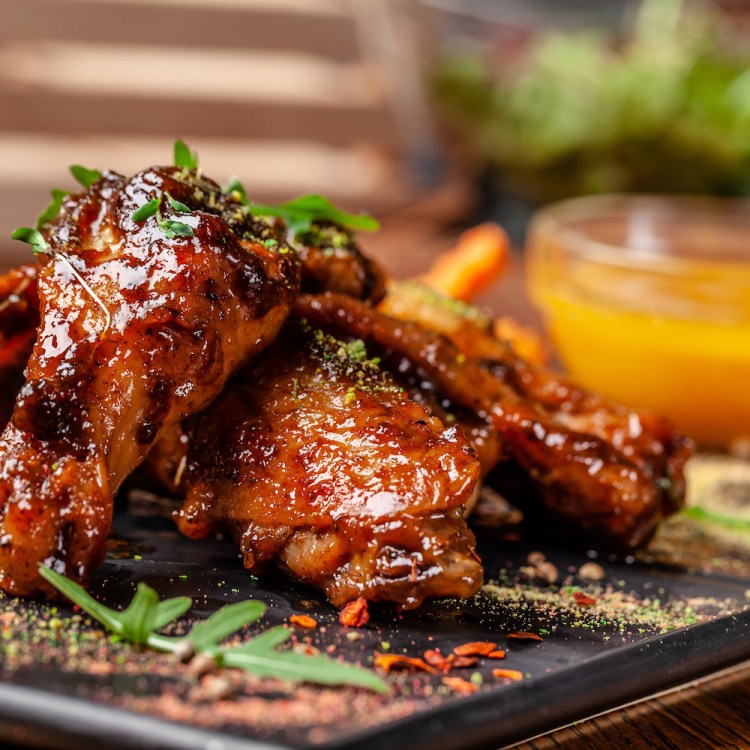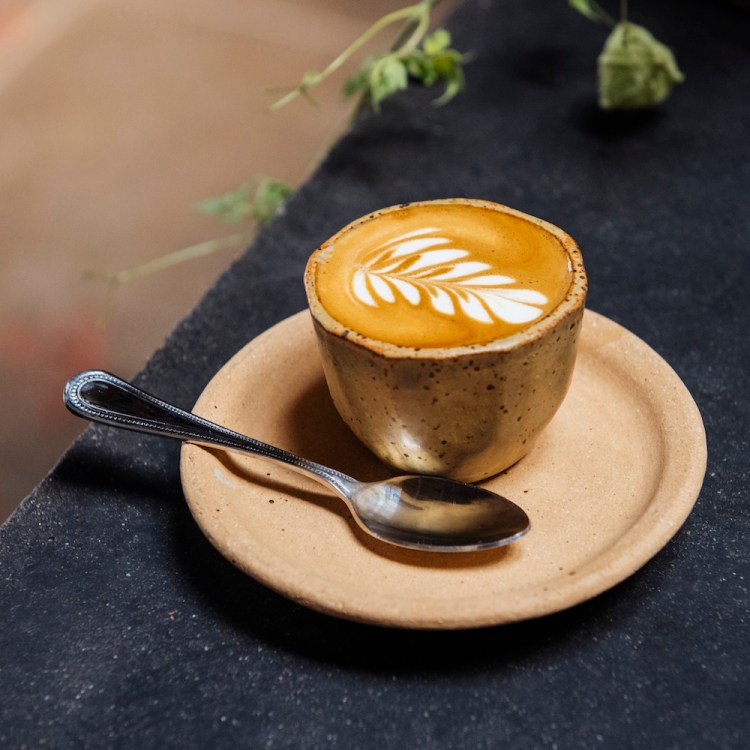Prior to the COVID-19 pandemic, the denizens of InsideHook HQ were fond of taste-testing things in the office. White Claws. Pringles. Almonds. Give us four or more varietals of any given item and we’ll sample and debate. One thing we almost never discussed, however, was the how and the why these items tasted the way they taste. It’s just a thing one sort of takes for granted.
So when your correspondent was recently offered the opportunity to chat with a “flavorist,” my immediate response was of course, “Wait, is that a real thing?” I was informed that, yes, it is, and my immediate response was, “Yes, please connect me with your taste alchemist immediately.”
I spoke with Donna Wamsley, a seasoned flavor chemist who began her work in the arena of mass-produced CPG products and now plies her trade at at SōRSE Technology, a Seattle-based food technology company focused on delivering cannabinoids like CBD and other functional ingredients via water-soluble emulsions that can be incorporated into a wide variety of consumable products — from canned drinks to edibles to tinctures to, believe it or not, dog treats.
Wamsley clued us in regarding the aforementioned how and why things taste the way they taste, trends in the flavor industry and what’s next in the world of weed-augmented food and drink.
InsideHook: So what is a flavorist, exactly?
Donna Wamsley: So a flavorist is someone who is technically trained and has dedicated most of their career to the study of raw ingredients. Technically right now there are 4,500 raw ingredients that are approved by the FDA. These ingredients are utilized to create flavors, replicate flavors, to interact with each other so that they will incorporate well into a final application, such as a beverage or a confectionary product. A flavorist will also have insight on market trends.
So it’s a form of chemistry, for lack of a more nuanced description?
Yep, absolutely. It’s flavor chemistry. Looking at ingredients that make up, for example, citrus flavors. Citrus flavors have naturally occurring ingredients like limonene or myrcene or linalool. It’s those ingredients and understanding what the appropriate parts per million that a consumer can consume in a product, putting them together and then having them interact with other ingredients so that everything can come together into an orange flavor.
Forgive my total ignorance here, but are we talking about basically mixing things in a beaker? I’m trying to envision the physical process.
Yeah. If you want to imagine it, it’s like a beaker and scale, mad scientist-like. For example, let’s just talk about strawberry. Strawberry has approximately, on average, 15 components. So you have about 15 ingredients, and you start putting them in at different percentages. You’re basically making a recipe, like you’re cooking or baking. You build out this flavor using different ratios of different components. Then ultimately you try it in multiple applications such as chewing gum, hard candy, beverages.
A simple untrained flavorist could probably make a strawberry flavor that doesn’t really taste like strawberry but mimics the fruit using maybe 10 ingredients. A flavorist will then take it and make it into something that is juicy or tart or something that replicates an actual strawberry flavor. How I like to look at it is, someone who’s in the flavor industry could just draw a stick figure — that would just be a basic flavor — and then a flavor chemist actually takes it a little bit further and draws in all the different shadows and the shapes and makes it an actual real life picture.
Is it true that there’s only a handful of people in the world who do this?
In the world there’s approximately 500 certified flavorists. To become certified you have to have a minimum of … well it used to be 10 years, but they shortened it because there aren’t enough people. So now it’s seven years of in-house training with someone who’s already certified. I have a little over 11 years of training, but unfortunately I haven’t taken the test yet because of COVID. Everything’s on hold.
Are there specialties within the field?
Sure. Some are specialized in savory flavors, some are specialized in just confectionary, some are just beverages. I’m oral care and confectionary and chewing gum. I’ve had my hands in … I’m going to say 90 percent of the oral care products on the market right now.
Like toothpaste?
Toothpaste, mints, floss, toothpicks, breath strips, all that stuff. Even the ones that are pharmaceutical-grade, like you see at the dentist. For confectionary products I would say around 50 percent I’ve had my hands on, and then chewing gum I would probably be around 50% as well.
Any favorites that you’re particularly proud of?
I can’t say that I have a favorite because they’re all my babies. But if I had to pick one … well, I’m a big chocolate fan, so I really enjoy the mint M&Ms just because I like the little burst of cool in my chocolate.
That’s right in your sweet spot, it’s like the flavors from confectionary and oral care come together.
Yeah. But doing oral care kind of ruined me a little bit. I can’t even go to an ice cream store and have mint chocolate chip anymore because it just doesn’t land the same way.
Ok what about certain famous flavors? Like what is the ratio of ingredients that make the taste of Coke patented?
There’s only two people in the world that know the exact flavor of Coke. You can mimic the flavor, but the exact formula for Coke? It’s the same thing with Mars Wrigley. There’s only two people that actually know all the flavors and formulations for their chewing gum. It’s a way for them to protect the flavors and their products because technically flavors can’t be patented. Anything that’s patented has to be a new and novel flavor, and yes, they’re a proprietary blend, but they’re not new and novel patented material. So people in the large companies and flavorists, our golden rule is to keep everything tight-lipped.
You mentioned flavor trends, what’s that about?
So, as much as I like to say that flavor trends are guided by and come from flavorists, it’s a mixture because consumers really drive the trends. Flavorists can predict what the next trend will be based on what has been popular in the past. For instance, strawberry has been the number one flavor for the last 10 years in the confectionary sector. Now, consumers like familiarity. So with that being said, what is the one off from strawberry that you can make? Raspberry has been done, blueberry has been done, but then flavorists try to think outside the box and say, “Okay, well, the next thing can be blackberry, huckleberry.”
Typically flavor trends are predicted about two to three years ahead of time. Product developers, typically from large CPG companies, it takes them around two to three years to get anything commercialized. So right now, people are working on products that you’ll see in two years. A lot of the trends currently going on, I see a lot of people trying to scramble to get products out because of the pandemic. A lot of people want to add immunity-boosting properties to their products, adding apogens or other provitamins. And along with that comes flavors that will mask those ingredients naturally.
A big trend right now is adding ginseng, ginger, ashwagandha. Those have very earthy, sometimes musty notes and can sometimes add a little heat, especially with ginger and ginseng. Flavors that will compliment those can be something on the sweeter side, something that will already have earthy notes, like a mango or a tropical fruit. You can see hibiscus coming up in the flavor industry, where it’s very trendy with the vitamins. Flavors that compliment them that have the same properties or the same notes that you’ll find with these ingredients.
Is this something that you deal with working in the CBD space at SoRSE?
I like to say that SoRSE is a company that provides delivery systems for difficult ingredients. Difficult ingredients like CBD or other cannabinoids. In general, cannabinoids are considered a bittering agent — very intense, I would say more bitter than quinine or caffeine. But like the apogens and the vitamins before, if you find flavors that compliment them, you can actually mask the bitterness or the sensory aspects of cannabinoids naturally without adding other flavor modifying properties. So you can have a cleaner product that will give you the benefit of ingesting CBD or other cannabinoids and be able to consume a beverage or have an edible that will give you a quicker onset and provide you the relief or the attributes of cannabinoids without actually tasting it.
What flavors are typically most effective in terms of masking those cannabinoids?
Citrus flavors do really well. You can have tropical fruit flavors that do really well. Berry flavors, if they’re done correctly, do very, very well. But I would say my favorite would be citrus.
What’s next in your world that you’re really excited about?
Our expertise is in emulsions. The benefit of using an emulsion is that you’ll have stability, it’s homogenous throughout the beverage, and you actually have bioavailability with cannabinoids. Typically emulsions, when they’re used, they result in haze or cloudiness in a beverage. The thing that we’re working on is utilizing technology to make it clear so that the beverage will not be cloudy or hazy and minimizing the sensory aspect of it.
Along with cannabinoids we deliver other systems too, we can look at terpenes (Ed. note: terpenes are aromatic oils secreted by the cannabis plant that make you … feel stuff). Terpenes are somewhat difficult because typically they don’t like to be water-soluble. They like to be oil-soluble, but in a beverage you need it to be water-soluble. Things that are difficult to deliver in a product because you don’t want any of it settling on the bottom. We can do it where it’s completely homogenous throughout your beverage.
I’m thinking of every jar of weed peanut butter I’ve ever had where a layer of oil settles on the top and you have to mix it back in every time.
Exactly. It’s like Italian dressing. If you look at Italian dressing, you have to shake that every single time. In reality, when you’re shaking it, that’s a sort of emulsion. It’s not stable, but you are creating that effect when you’re shaking it up. What we do is make sure that there’s longevity, that it’s stable over time and will stay intact so that you don’t have to shake it every single time.
The big one that I’m really excited about right now is our clear emulsion. It is a big breakthrough where we are able to deliver a stable product that minimizes the sensory aspect in a clear fashion. This opens the door for a lot more product developers who want to create products but don’t want to get away from the current look of their product.
So you could add these cannabinoids or terpenes to a well-known drink without changing the look or taste of it at all?
Yeah. So ultimately the clear emulsion, you can put it in water and you won’t see any clouds, it just looks like water. It’s a great breakthrough for us, great technology, very innovative. So I’m personally very excited about it.
I’ve seen that SoRSE’s emulsion is used in Heirloom Pet Products — is there a different kind of gratification that comes with knowing your work is not only helping humans get their CBD fix, but doggos as well?
As a scientist and an animal lover, I appreciate having the opportunity to help humans and their canine companions. What I appreciate about Heirloom as a company is their clean label approach; they care about using safe ingredients and are creating high-quality products for our four-legged friends.
Join America's Fastest Growing Spirits Newsletter THE SPILL. Unlock all the reviews, recipes and revelry — and get 15% off award-winning La Tierra de Acre Mezcal.

